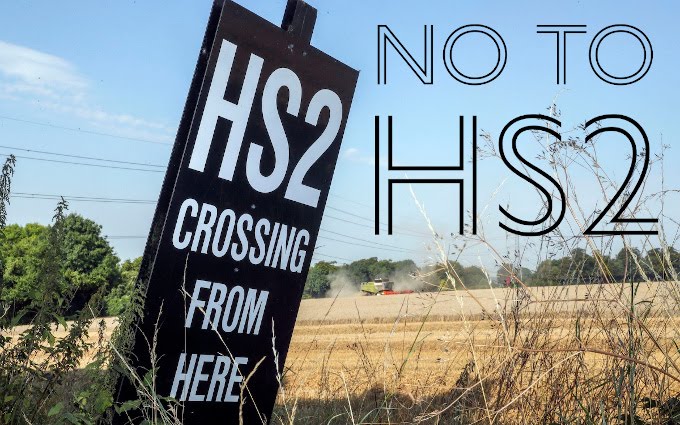Businesses remote from the capital ought to benefit from the shorter journey times, as it becomes easier to attend meetings where people are coming from different parts of the country. There is, however, no reason to assume that the benefits will occur in the places remote from London rather than lead to increasing concentration in the capital; places such as Reading and Brighton have flourished with improved transport, but they have become essentially suburban nodes rather than centres in their own right. High speed rail could merely accentuate that trend.
Fast Forward says this about the benefits of a national HSR network
The direct benefits of the national high-speed rail network lead to enhanced productivity and greater economic efficiency. These effects are measured, following appraisal techniques that have been used for many years, in terms of:
- Journey time savings for passengers who have transferred from other modes, in this case private car, air or classic rail services. This is the largest single category of benefit and highlights the economic value of speeding up travel times. The forecasts include an estimate of the benefit of greater punctuality as well as planned shortening of journey times;
- Reductions in crowding on the rail network from the increased capacity provided – there are benefits to passengers using the HSR services and to those using classic rail services;
- Benefits from capacity released with an expanded set of local and regional rail services on the existing network;
- Benefits for railfreight also secured generally by freeing up capacity on routes that will otherwise be constrained and unable to accommodate growth in rail freight;
- Less road congestion – 13 million car trips are removed from the road network in 2055;
- Reductions in carbon emissions – estimated to total one million tonnes per annum, arising in part from the shift from air to rail, which is forecast to result in a reduction of 30 million air passenger trips by 2055. The shift from car to rail will also reduce carbon emissions.
These wider economic benefits are well distributed across the regions: 36% to the Midlands and the North of England, 35% to the wider South East including London, and 26% to Scotland.
There will also be a significant number of jobs created for the construction and operation of a HSR network, although we have not yet attempted to quantify this effect. The increased economic activity will also provide new tax revenues to HM Treasury.
Agglomeration
The report talks about "Agglomeration Effects" due to improved transport. It says
The methodology for calculating these ‘agglomeration’ effects is relatively new. The estimates presented here follow current DfT guidance. But it may be that there are other wider effects that arise from what is, after all, a fundamental change to the national transport system – and one for which most of these appraisal tools are not designed to measure. In particular, if HSR leads to a substantial change in land use, and in the development pattern of the cities across the nation, then there could be very substantially greater wider economic impacts. There are just no agreed means to assess such effects at present."
This inability to quantify the benefits is worrying, because it makes it difficult to assess the relative advantages of alternative projects. Nevertheless, the document makes a reasonable case for some kind of entirely new railway construction. Unfortunately, it takes as a given the assumption that this new railway construction should be for high speed services.
Throughout the discussion on the subject, it appears that the relative costs of both construction and operation have been understated in favour of high speed rail. Existing alignments cannot be used for high speed operation because of the much higher minimum radius curves that are possible, which restricts the choice of route. And other things being equal, energy costs are always going to be much higher for a high speed railway, even if aerodynamic factors are optimised. Existing rolling stock cannot be used - an important consideration, since there a significant proportion of the fleet is halfway through a service life which, because it is in better condition than previously thought, is now recognised to be sixty years rather than than the thirty years that was previously assumed.
The journey time savings that might be achieved by high speed rail between say, London and Newcastle, are indeed worthwhile. But most long-distance journeys are shorter and the time savings are relatively less valuable. The real advantages that Fast Forward has identified have more to do with increased capacity than time savings. Before more resources are invested in this project, a study needs to be done of the costs and benefits of constructing an alternative supplementary 125 mph network.

No comments:
Post a Comment